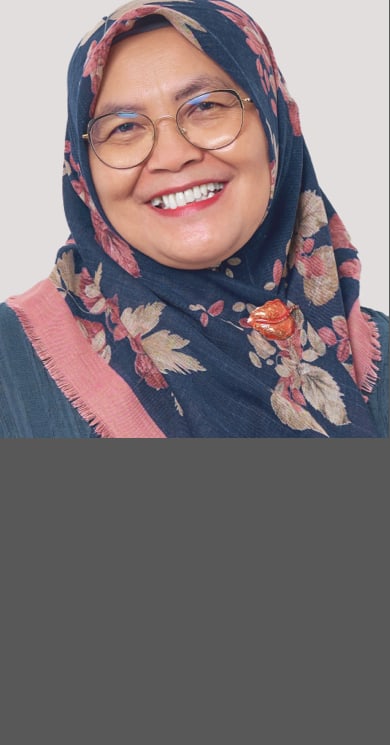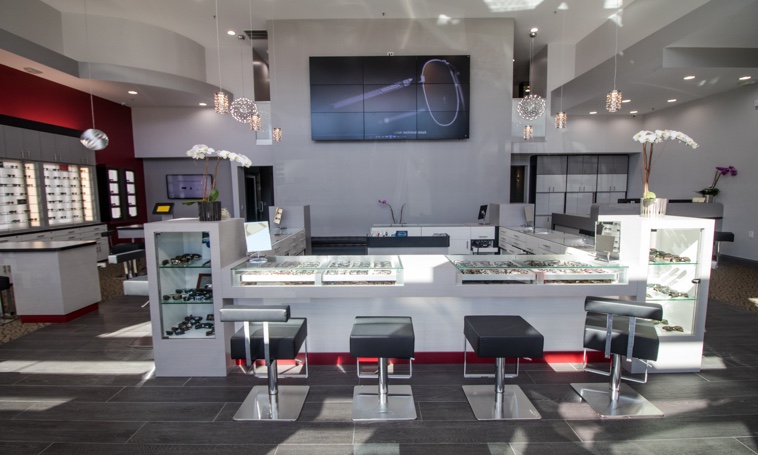Myopia, also known as nearsightedness, is becoming more prevalent globally. Researchers believe that high myopia in adults is often the result of untreated myopia that begins in school-age children.
To address this issue, it’s crucial to use effective methods to control myopia in young children, which may include early detection to slow its progression. Fortunately, there are various options available for managing a myopia diagnosis to prevent its progression, such as:
- Special contact lenses that slow progression
- Atropine eye drops
- Multifocal lens glasses
- More time spent outdoors
What Is Myopia?
Myopia is caused by the eye growing too long from front to back or the curvature of the cornea becoming too steep, leading to light focusing in front of the retina instead of on it. This can make it hard for people with myopia to see objects in the distance, but objects up close may appear clear.
Myopia is so common that researchers believe that by 2050, more than 50% of the world’s population will have myopia.
It usually develops during childhood and adolescence and tends to worsen as the child grows, potentially leading to lower vision over time and increasing the risk of other eye problems like glaucoma and retinal detachment later in life.
High Myopia
Untreated myopia in childhood can often lead to high myopia in adulthood since myopia is caused by the elongation of the eye. As children grow, their eyes also grow, causing further elongation of the eyeball. Without treatment, this elongation continues until around the age of 20.
Preventing Myopia from Worsening
At this time, there is no permanent cure for myopia. However, some treatments have been proven to slow the progression of myopia.
Orthokeratology
Orthokeratology (ortho-k) is a treatment that involves the use of special contact lenses that are worn overnight. These lenses are designed to gently reshape the cornea, the clear front surface of the eye, to temporarily correct vision problems.
Ortho-k lenses are typically worn while the wearer sleeps, and when they are removed in the morning, the cornea retains its shape, providing clear vision throughout the day.
Ortho-k is a non-surgical treatment option that has been shown to be effective at slowing myopia progression in children and adolescents.
MiSight Soft Contact Lenses
The MiSight 1-day soft contact lens is another option for managing myopia in children. These daily-disposable soft contacts are designed specifically for children aged 8–12. They have a dual-focus optical design that provides clear vision while also signaling the eye to slow down its growth.

Atropine Eye Drops
Atropine is a medication that’s commonly used to dilate the pupils during an eye exam. It works by relaxing the muscles in the eye and widening the pupil, which allows an eye care professional to better examine the inside of the eye.
Atropine eye drops are also sometimes used to manage myopia in children. Children need a lower dose of atropine eye drops, such as 0.01%, 0.025%, or 0.05% concentration, to control their myopia.
Studies have shown that low-dose atropine eye drops administered over a period of 2–3 years can be effective at slowing the progression of myopia in children.
It’s important to note that atropine eye drops are not a cure for myopia and that the decision to use them should be based on a thorough evaluation by an eye care professional. Make sure you follow the recommended dosage and frequency of use as directed by your eye doctor.
Multifocal Lens Glasses
Multifocal eyeglasses contain lenses that have more than one prescription power, allowing the wearer to see clearly at different distances. Bifocal eyeglasses, on the other hand, have lenses with two prescriptions, one for seeing objects up close and one for seeing objects in the distance.
Both multifocal and bifocal eyeglasses can be effective at slowing the progression of myopia in children.
Spending More Time Outdoors
It’s thought that the amount of ambient light the eye receives, as well as exposure to sunlight, may play a role in the development of myopia. Some research has suggested that spending more time outdoors, where there is generally more ambient light and sunlight, may help delay or prevent the onset of myopia in children.
This may be because the higher levels of light outdoors help modulate healthy eye development. However, more research is needed to fully understand the relationship between time spent outdoors and the risk of developing myopia.
Myopia Solutions at Golden Vision
Are you concerned about your child’s myopia progressing? At Golden Vision, we understand the importance of managing myopia to maintain good vision and potentially reduce the risk of other eye problems later in life.
That’s why we offer a variety of myopia control options at our practice. Book an appointment with our team so we can work together to find the best solution to help correct your child’s vision.












